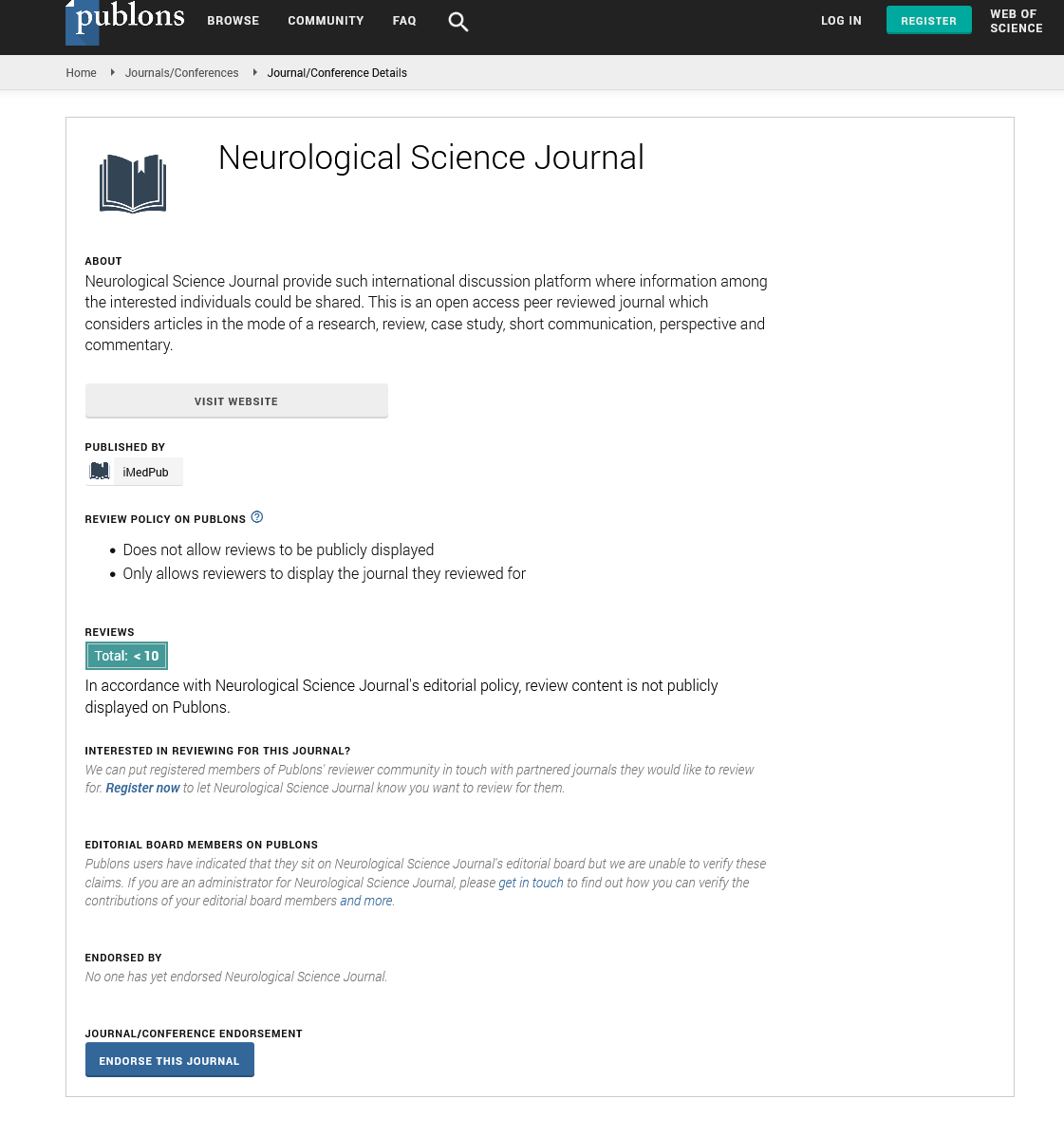Abstract
Relationship between contributor/beneficiary MTRR quality polymorphisms and the danger of new-beginning neurological intricacies after liver transplantation
Liver transplantation (LT) is one of the best options for the treatment of end-stage liver disease. At present, because of the high survival rate, many complications associated with LT patients are increasing. NCs are one of them. It is reported that up to 30% of the patients in western countries developed neurological complications after LT, but only 4% after heart transplantation and 0.5% after renal transplantation (Agildere et al., 2006, Amodio et al., 2007, Bronster et al., 2000, M et al., 2006). Frequent complications include acute confusion, epilepsy, cerebrovascular disease (Otan et al., 2015a, Otan et al., 2015b), and central system infection (Weiss and Thabut, 2019). These symptoms lead to a decline in the quality of life of patients, and even increase the mortality rate (Ghaus et al., 2001). Early and accurate identification of NCs high-risk patients is helpful to prevent disease and improve the prognosis of recipients.Since there is no accepted model or indicator for the prediction of NCs before, our research has practical guiding significance.
Author(s): Haojun Wang Qingdao University, China
Abstract | PDF
Share This Article
Google Scholar citation report
Citations : 11
Neurological Science Journal received 11 citations as per Google Scholar report
Neurological Science Journal peer review process verified at publons
Abstracted/Indexed in
- Google Scholar
- Publons
Open Access Journals
- Aquaculture & Veterinary Science
- Chemistry & Chemical Sciences
- Clinical Sciences
- Engineering
- General Science
- Genetics & Molecular Biology
- Health Care & Nursing
- Immunology & Microbiology
- Materials Science
- Mathematics & Physics
- Medical Sciences
- Neurology & Psychiatry
- Oncology & Cancer Science
- Pharmaceutical Sciences
